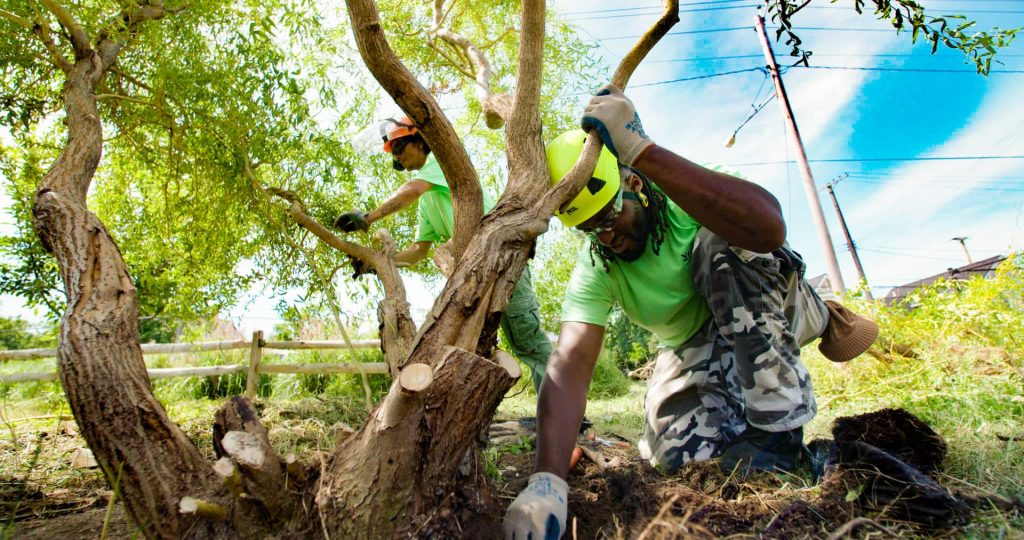Streaming Link Collection Site Helps Users Discover Hidden Movie Gems
In today’s digital age, streaming platforms have become the go-to source for entertainment, providing users with an endless array of movies and shows. However, despite the vast selection available on popular streaming services, many hidden gems often go unnoticed. This is where a streaming link collection site can prove invaluable. These websites curate and organize links to streaming platforms, allowing users to easily discover lesser-known, yet exceptional films that might otherwise fly under the radar. A streaming link collection site acts as a centralized hub for all things streaming-related. Rather than users having to search through multiple platforms to find a particular movie or show, these websites aggregate links to various streaming services, offering a one-stop-shop for movie discovery. By categorizing films into genres, themes, or even lesser-known but critically acclaimed titles, these sites make it easier for users to find hidden gems that they may not have come across otherwise. The primary advantage of such a site is its ability to bring attention to films that might not have the same level of marketing or visibility as blockbusters.

Many great films get lost in the noise of mainstream media, often overshadowed by big-budget productions with extensive advertising campaigns. A streaming 링크모음 site can introduce users to these overlooked titles, whether they are indie films, foreign language movies, or those from niche genres. This helps foster a deeper appreciation for the variety and diversity of cinema, encouraging users to explore beyond their usual viewing habits and preferences. These sites typically employ a combination of curated lists, recommendations, and user-generated content to highlight films that might be considered hidden gems. For example, they may feature a list of top-rated movies that are not widely known or showcase films with unique storytelling techniques, experimental narratives, or underrepresented themes. Additionally, some collection sites offer reviews or ratings, allowing users to gauge the quality of a film before committing to watching it. By emphasizing films that might otherwise be hard to find or get recommendations for, these platforms help users broaden their cinematic horizons and discover titles that resonate with their tastes and interests.
Another key benefit of streaming link collection sites is the ability to explore films from around the world. With the rise of global streaming platforms, users now have access to movies from a wide range of countries and cultures. These sites help bridge the gap between different cinematic traditions, introducing users to foreign films that might not be readily available in their region or language. This not only exposes viewers to new storytelling methods and cultural perspectives but also promotes diversity in the entertainment industry. In essence, streaming link collection sites offer a valuable service in the vast sea of content available today. By curating a diverse array of movies and organizing them in an accessible way, these sites give users the opportunity to find hidden gems that they might otherwise miss. Whether you are a casual moviegoer looking to try something new or a cinephile seeking unique, thought-provoking content, these platforms provide a gateway to discovering the vast, untapped world of cinema.






